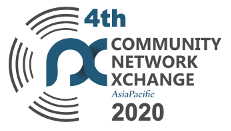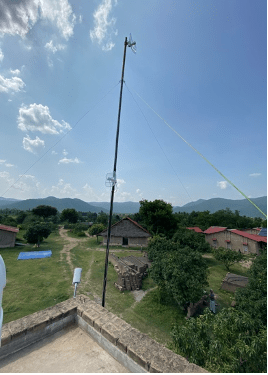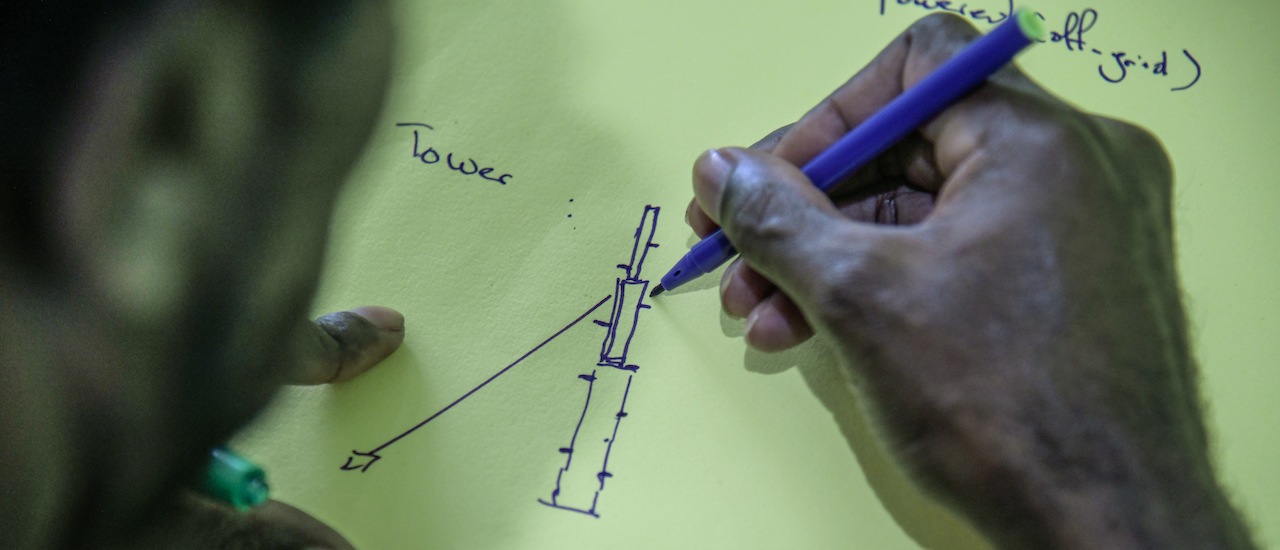Each community network deployment has its own characteristics – ranging from the physical terrain to environmental conditions to local and cultural contexts. Having been involved in some 150 deployments, I can safely say no two are the same.
We helped establish CNX APAC in 2017 as a means to better understand the role, relevance, and evolution of community networks (CNs). It was designed to explore the different characteristics that make up CNs, their local context, the challenges they face, and the opportunities they create. It’s an event in the spirit of community, where community network practitioners come to exchange knowledge, share ideas, inspire others, and be inspired themselves.
For the past three years, we have typically held these as physical events located around some of our community networks deployments in the region. This allowed participants to get hands on with a working CN. The events were multi-dimensional in nature with a conference and knowledge-sharing session, coupled with training and technology demonstrations.
“To make community networks sustainable in the long run, the first thing is, the community has to own it, and the community needs to own it.”
— Mahabir Pun, Nepal
The impact of the global pandemic meant that the 4th CNX APAC would have to be held online. We spent some time considering how best to do the event online, while at the same time retaining some of the flavors that make CNX APAC such a unique experience.

Keeping in mind the diversity of the region, and the range of issues that CNs deal with and help address, we identified 10 thematic areas for discussion. We scheduled two sessions per day spread over five days between 20 November and 2 December. The event culminated in the Summit Roundtable on the sixth day (4 December), with a sharing session on learnings from the thematic discussions followed by a high-powered roundtable.
The 10 sessions were focused around various themes that helped answer the why of community networks. The topics ranged in content from gender parity to partnerships to Indigenous communities. This represented both the diversity of the Asia-Pacific region and the diverse things that people are able to do with connectivity – once they have it.
“If we can serve what the community needs and what the community demands then what we bring for the community will be sustainable. The current and future generations will benefit from technology.”
— Nasir Hashmi, India
More importantly, the reason for having the range of thematic areas was to help mainstream the issue of community networks. Often, we speak more about the connectivity itself but not so much about what people do with connectivity.

We also included a “Voices from the Community” segment within each session. This was made up of short videos from community networks around the region and beyond. In this way we were able to share on-the-ground experiences as to how connectivity can make a difference. We received lots of positive feedback for including this segment and helping showcase how we can effect positive change with the Internet.
We also tried to keep the sessions relatively short so that online fatigue wouldn’t set in. The total length of each session was limited to 75 mins and by incorporating the “Voices from the Community” segment followed by a Q&A, we tried to keep the sessions lively and on point.
Having recently reviewed the sessions, I realised we covered a lot of ground with a wonderfully diverse range of speakers from the region and beyond.

Through the six days (which felt like a marathon!), we:
- Demonstrated how community networks can be a tool for social and economic empowerment
- Explored how the local context for each CN may be different, but the benefits of being online are universal
- Heard first hand from people living and working in the communities how their lives have been transformed through the Internet and the brighter future they can look forward to
- Showed how the Internet is an enabler of opportunities
We also agreed that the need to bring people online is urgent and that the current pandemic has reinforced that urgency. There was also consensus that a window of opportunity exists that needs to be leveraged by stakeholders from multiple sectors in the pursuit of connectivity for all.
To achieve community connectivity, we need policy and regulatory flexibility across multiple dimensions, including spectrum and licensing. Through cooperation and collaboration, we can help create an environment where the currently unserved and underserved can be in a position to take full advantage of the opportunities the Internet helps enable.
Each individual session from the event is archived here. I invite you to watch the sessions that interest you the most.
We will also have a detailed event report out soon, so keep a watch out for that and consider joining us at our next event!
Cover image from the CN Champs event at CNX APAC 2018 ©Atul Loke/Panos Pictures/Internet Society

